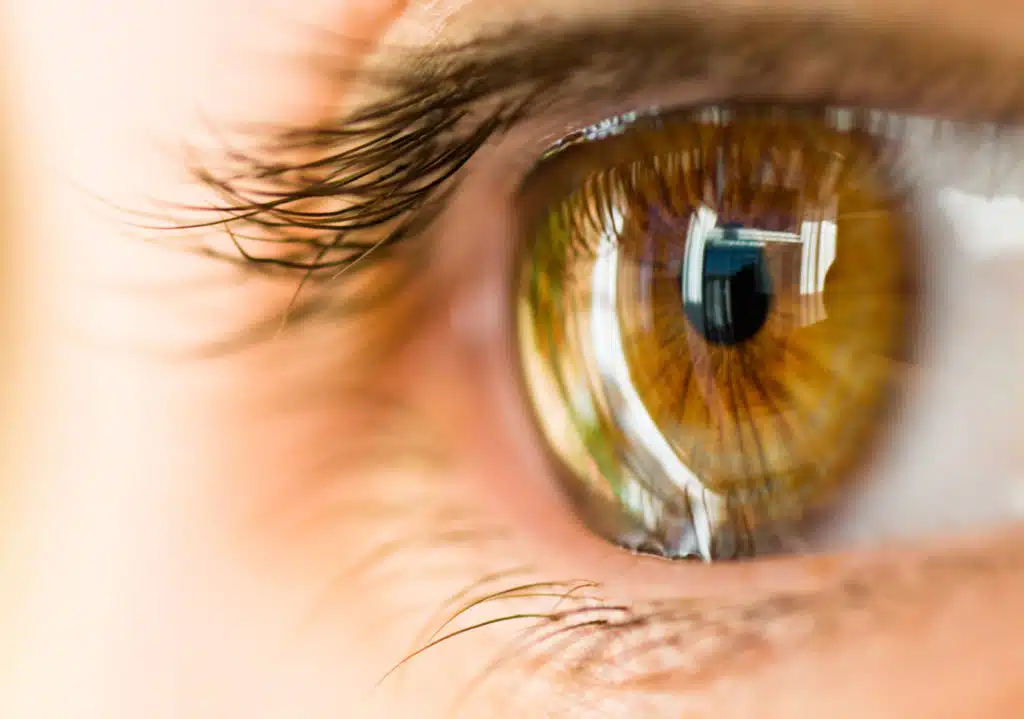A joint research team from the University of Newcastle and the University of New South Wales has taken major steps towards producing a bionic eye for the treatment of blindness. It has developed a silicon chip which replaces the sensory part of the eye-the retina.
The chip would be implanted inside the body and connected into the nervous system through tiny platinum electrodes. It picks up encoded radio waves sent from a tiny camera mounted externally on glasses.
The radio waves are then translated into small bursts of electricity that excite nerves on the retina. These excited nerves send signals to the brain and give the sensation of sight. Tests in sheep have shown the device works, and the team is now looking towards implantation in a human patient.
“Some normal functions of the eye may be restored to people with degenerative diseases of the retina,” says Gregg Suaning, who designed the chip. “For example, patients may be able to distinguish between night and day, detect movement and obstacles, and even regain some ability to read.”
Electronic impulses from the chip are used to stimulate 100 unique sites on the retina, bypassing diseased nerves and targeting nerves that are still functioning. The chip even includes a two-way radio communication system that allows the implant’s performance to be monitored and tuned remotely.
The bionic eye research builds on Suaning’s experience with cochlear implants (the bionic ear).
He is one of sixteen young scientists presenting their discoveries to the media, public and students for the first time, at Fresh Science.
“We’ve selected them from 105 national nominations, brought them to Melbourne, trained them and thrown them to the [media] lions,” said Niall Byrne, Chairman of Fresh Science. “It’s all about focussing public and media attention on Australian scientific achievement.”





 Fresh Science is on hold for 2022. We will be back in 2023.
Fresh Science is on hold for 2022. We will be back in 2023.